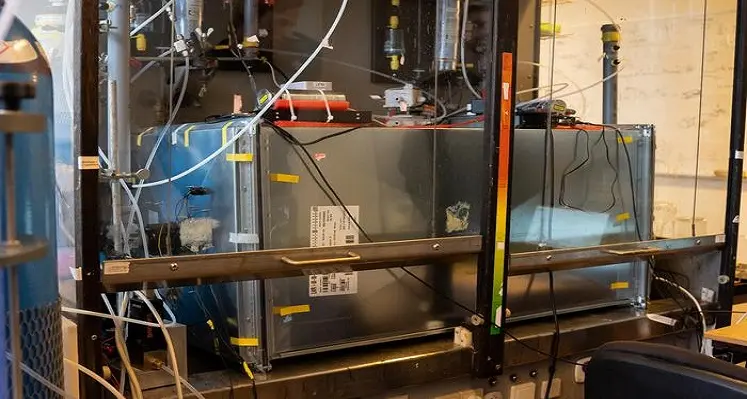A recent study led by the University of Copenhagen (UCPH) atmospheric chemistry professor, Matthew Stanley Johnson brought to the spotlight, a new method devised by researchers to eradicate low-concentration methane from air
A new Methane Eradication Photochemical System (MEPS) reaction chamber, comprising an elongated metal box with heaps of hoses and measuring instruments, was built. Using chlorine and energy from light, researchers were successful in removing methane from air at a greater speed and efficiency compared to its natural decomposition rate in the atmosphere. Inside the box, a chain reaction of chemical compounds takes place, which breaks down the methane and removes a large portion of the gas from air.
"Methane decomposes at a snail's pace because the gas isn’t especially happy about reacting with other things in the atmosphere," explained Johnson. "However, we have discovered that, with the help of light and chlorine, we can trigger a reaction and break down the methane roughly 100 million times faster than in nature."
The Intergovernmental Panel on Climate Change (IPCC) has determined that reducing methane gas emissions—which are considered to be 85 times more potent of a greenhouse gas than CO2—will immediately reduce the rise in global temperatures.
With the development of their new MEPS reaction chamber, the researchers plan to connect the device to the ventilation system in a livestock barn, where it will behave as a methane cleaner. A 40 ft shipping container will soon arrive at the Department of Chemistry and will become a larger prototype of the reaction chamber that the researchers built in the laboratory. The UCPH spin-out company Ambient Carbon, started and now headed by Johnson is currently developing the MEPS technology and plans to make it available to society in the near future.
For more information, visit: https://science.ku.dk/





